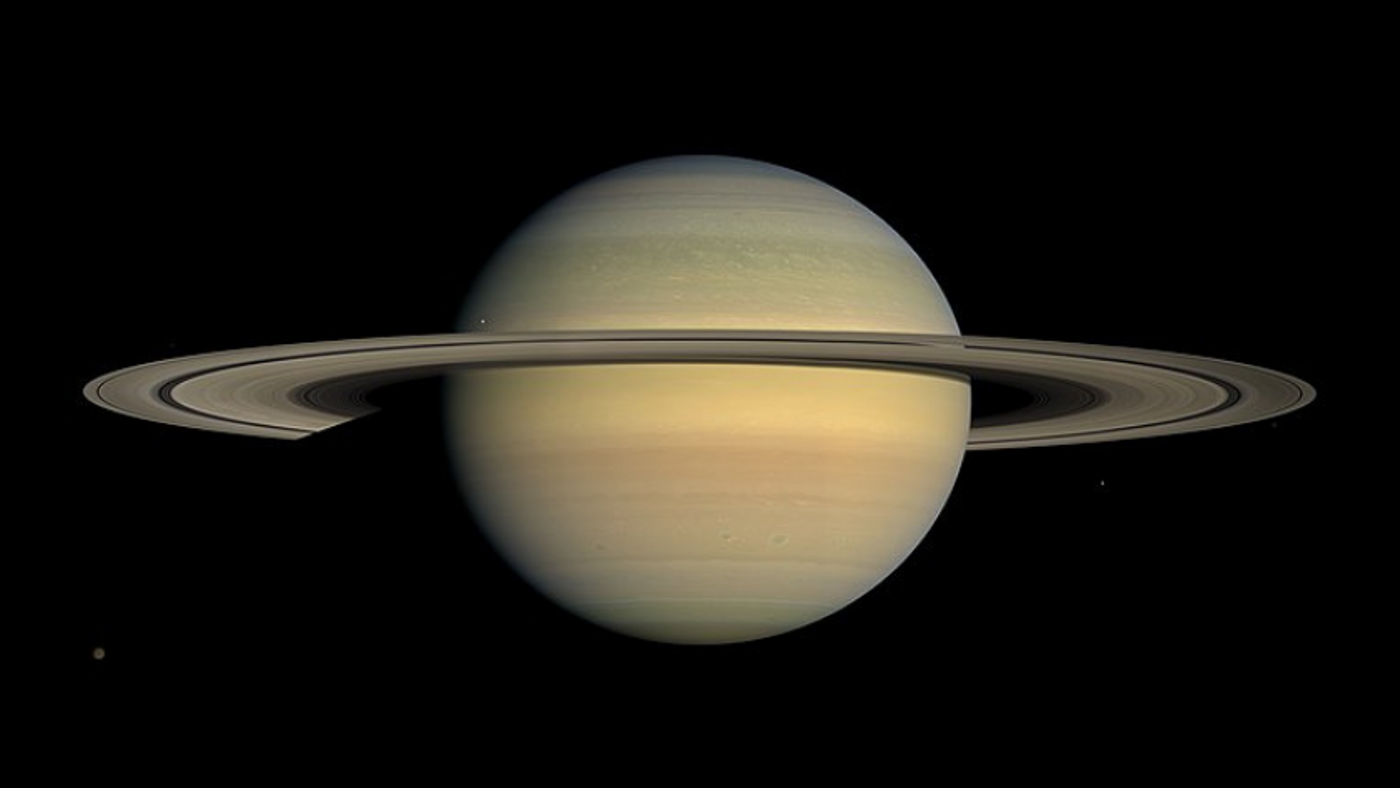The Quest to Determine the Length of a Saturnian Day Becomes the Gift that Keeps on Giving
As humankind sets sight on the interstellar space, some may forget that there are still plenty of mysteries remained within our planetary backyard.
Take Saturn for example, the second largest gas giant in the system has long confused the astronomers over one seemingly simple question: how long is one Saturnian day?
It is easy to find out the length of a day on rocky planets, by observing their rotation. But in the case of Saturn, its solid, metallic hydrogen-based inner core is covered by thick gaseous outer layer. Therefore, scientists would require a different method to determine the length of a day on Saturn as well as other gas giants.
In many planets, there's an angle (otherwise known as offset) between their geographical axis (or rotation axis) and their magnetic axis (extension of magnetic dipoles). For instance, the Earth's offset is about 11°, and 9.2° for Saturn's next door neighbor Jupiter.
The offset causes a planet's magnetic field to produce wobbles at stable intervals, which then creates a distinctive swing in its radio emission. By looking closely at the oscillating patterns, scientists can measure the angle between the planet's two axes, and then determine the duration of a planet's rotation.
Using this method, astrophysics researchers have successfully measured the offset values for Jupiter, Uranus, and Neptune. But in the case of Saturn, things are complicated--its two axes are so well aligned that the angle between them was expected to be less than one degree.
In the early 1980s, with data collected from two fly-by missions, Voyager 1 and 2, a Saturnian day was estimated to be a little over 10 hours and 39 minutes. When the Cassini probe made its first encounter with Saturn in 2004, scientists adjusted the number close to 10 hours and 50 minutes. However, the 10-minute difference between two close measurements was considered too significant to be true for the rotation duration of astrophysical bodies.
Last year, before Cassini finished its space exploration by crashing into Saturn's gaseous atmosphere, it collected and transmitted more data back to Earth. This year, the team who analyzed Cassini's data revealed the most precise measurement of Saturn’s magnetic field to date. They couldn't pinpoint the exact offset, but limited it to less than 0.0095°, meaning that the two axes almost overlap with each other.
Saturn is not the lone oddball with peculiar geographic and magnetic axes in the solar system. On the other end of the spectrum, Uranus' dipole axis is so far from its rotation axis that there's a whopping 58.6° angle between them. As a result, the planet's magnetic center is located nearly 8,000 km (or 5,000 miles) north of its geographical center.
The tiny offset between two axes not just makes it extra difficult for researchers to figure out the length of a Saturnian day. It contradicts a well-accepted mechanism that underpins the continuous existence of a planet's magnetic field. The theory of planetary dynamos, which states that a magnetic field is generated by convection currents inside the electrically conducting interior of a planet, requires a significant offset (less than 0.01° isn't significant enough by any means) between its two axes to allow the magnetic field to sustain.
It seems that on the way to figure out the puzzle of a Saturnian day, scientists are running into a new mystery.
How long is Saturn’s day? (ScienceMag/AAAS)
Source: Science Magazine









